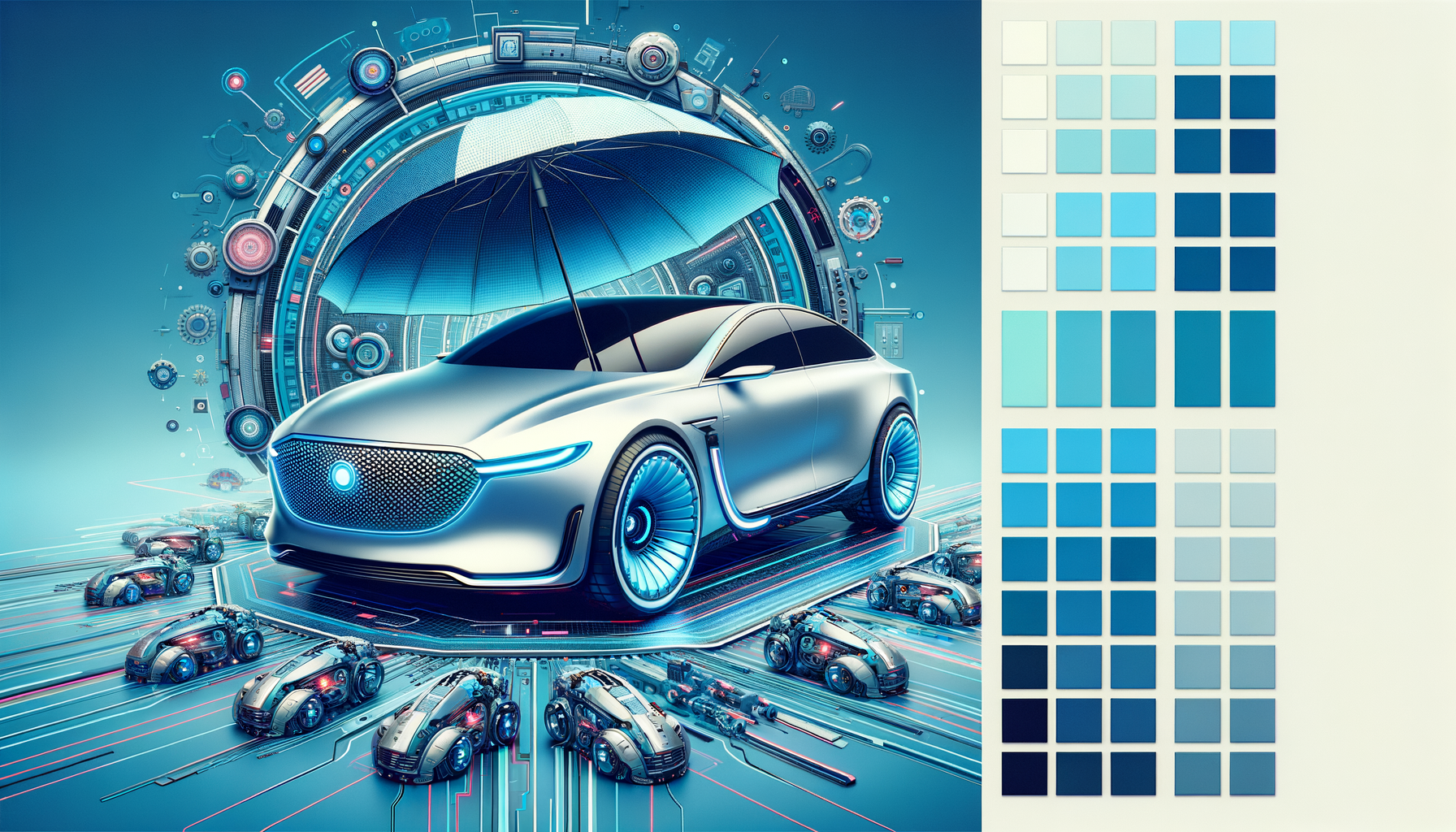5 Things People Are Noticing About Car Insurance in 2025
The Evolving Landscape of Car Insurance Car insurance is undergoing a transformation, driven by technological advancements and changing consumer needs. As we step into 2025, the industry is witnessing significant shifts that are reshaping how policies are designed, purchased, and utilized. This evolution is not just about keeping up with trends; it’s about adapting to

The Evolving Landscape of Car Insurance
Car insurance is undergoing a transformation, driven by technological advancements and changing consumer needs. As we step into 2025, the industry is witnessing significant shifts that are reshaping how policies are designed, purchased, and utilized. This evolution is not just about keeping up with trends; it’s about adapting to a new era of mobility where digital integration and personalized services are paramount.
One of the most notable changes is the integration of telematics, which allows insurers to tailor premiums based on individual driving behaviors. This shift towards usage-based insurance is gaining traction as more drivers seek policies that reflect their actual road habits. Moreover, the rise of electric and autonomous vehicles is prompting insurers to rethink coverage models to accommodate these innovations.
Additionally, the digitalization of the insurance process is streamlining customer experiences. From obtaining quotes to filing claims, the entire process is becoming more efficient and user-friendly. This digital shift is not only enhancing customer satisfaction but also enabling insurers to offer more competitive rates by reducing operational costs.
As these changes unfold, it’s crucial for consumers to stay informed and proactive. Understanding the new dynamics of car insurance can empower drivers to make informed decisions that align with their needs and budgets.
Telematics and Usage-Based Insurance
Telematics technology is revolutionizing car insurance by providing a more accurate assessment of driving behaviors. This technology involves the use of devices or apps that track driving patterns, such as speed, braking, and mileage. Insurers use this data to offer personalized premiums, rewarding safe drivers with lower rates.
Usage-based insurance is particularly appealing to those who drive less frequently or exhibit safe driving habits. By aligning premiums with actual usage, drivers can potentially save money while also being incentivized to maintain safe driving behaviors. This model also addresses the traditional one-size-fits-all approach, offering a more equitable solution for policyholders.
However, the adoption of telematics raises questions about privacy and data security. Insurers must ensure robust measures are in place to protect sensitive information and maintain consumer trust. Despite these concerns, the benefits of telematics in promoting safer driving and fairer premiums are undeniable.
As this trend continues to grow, it’s essential for drivers to weigh the pros and cons of telematics-based policies and consider how their driving habits might impact their insurance costs.
Impact of Electric and Autonomous Vehicles
The rise of electric and autonomous vehicles is reshaping the car insurance landscape. As these vehicles become more prevalent, insurers are faced with the challenge of developing new coverage models that address the unique risks and benefits associated with these technologies.
Electric vehicles (EVs) often come with higher upfront costs, but they can lead to savings in fuel and maintenance. Insurers are recognizing the lower risk of mechanical failure and are adjusting premiums accordingly. However, the cost of repairing or replacing EV components, such as batteries, can be higher, which may influence coverage options and costs.
Autonomous vehicles, on the other hand, present a different set of challenges. While these vehicles have the potential to reduce accidents caused by human error, they also introduce new risks related to software malfunctions and cybersecurity threats. Insurers are exploring how to balance these factors to provide comprehensive coverage.
As the market for electric and autonomous vehicles grows, it’s important for consumers to understand how these changes might affect their insurance needs and costs. Staying informed about the evolving landscape can help drivers make savvy choices when it comes to insuring their vehicles.
Digitalization of the Insurance Process
The digital revolution is transforming the way car insurance is purchased and managed. From obtaining quotes to managing policies, digital platforms are making the process more convenient and accessible for consumers.
Online comparison tools allow drivers to easily compare policies and find coverage that suits their needs and budget. This transparency empowers consumers to make informed decisions and ensures they are getting value for their money. Additionally, digital platforms streamline the claims process, enabling faster resolution and reducing the administrative burden on both insurers and policyholders.
Mobile apps are also playing a significant role in enhancing customer experience. These apps offer features such as policy management, claim filing, and even telematics integration, all from the convenience of a smartphone. This level of accessibility is particularly appealing to tech-savvy consumers who value efficiency and convenience.
While digitalization offers numerous benefits, it also requires consumers to be vigilant about cybersecurity. Protecting personal information is paramount, and consumers should ensure they are using secure platforms and practices when managing their insurance online.
Consumer Empowerment and Decision Making
In the evolving world of car insurance, consumer empowerment is more important than ever. With a plethora of options and new technologies available, drivers have the opportunity to tailor their insurance choices to better fit their lifestyles and preferences.
One of the key aspects of consumer empowerment is education. Understanding the different types of coverage, the impact of driving habits on premiums, and the benefits of emerging technologies can help drivers make informed decisions. Resources such as online guides, forums, and expert consultations can provide valuable insights and support.
Furthermore, consumers are increasingly seeking transparency and fairness in their insurance dealings. The demand for clear communication and straightforward policies is driving insurers to adopt more consumer-friendly practices. This shift towards transparency not only benefits consumers but also encourages healthy competition among insurers.
Ultimately, the power lies in the hands of the consumers to shape the future of car insurance. By staying informed, asking the right questions, and leveraging available resources, drivers can navigate the changing landscape with confidence and assurance.